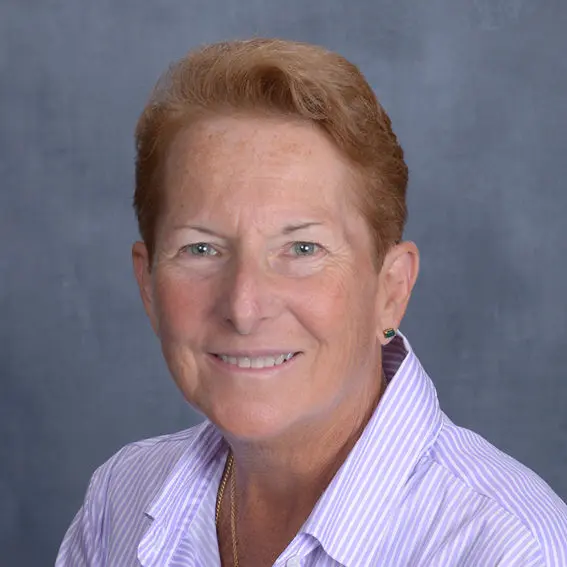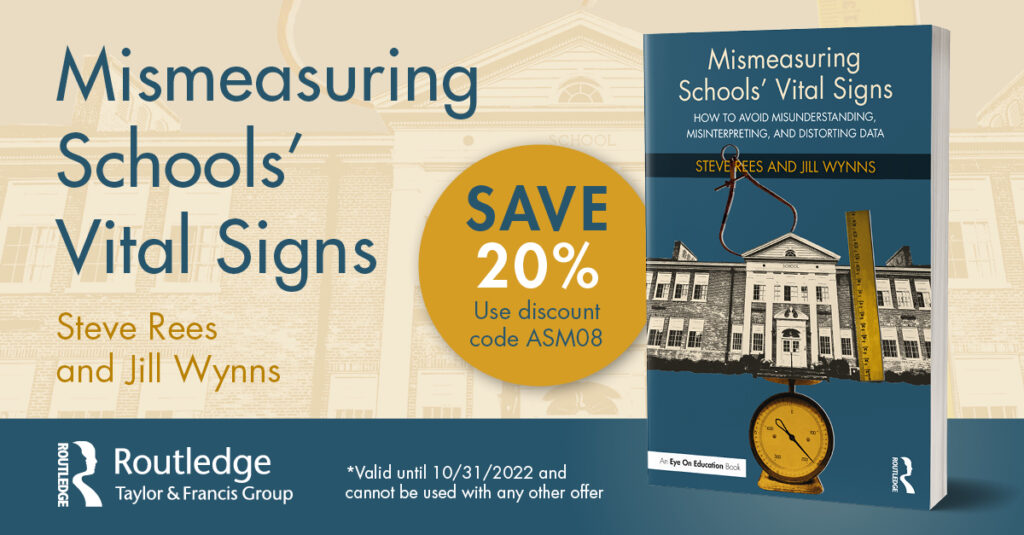Chapter 6
Mistaken ways of measuring money, buildings and people
Table of Contents
Chapter 6 Overview
This chapter examines mistaken ways of measuring money, buildings, and people. Budget thinking dominates the view of money in most districts. This is necessary, of course, but not sufficient. Cost-per-student measures are needed when thinking about how fairly resources are shared. Revenue-per-student is needed to gauge the different costs of educating students with varied needs. Cost-benefit thinking is needed to relate the result of spending to its cost, a key issue for planners. Cost-effectiveness thinking is needed to identify waste, and to see if a district is getting a reasonable “bang-per-buck.” But the flawed evaluation of teachers is perhaps the most damaging blind spot of most districts. Teacher evaluations fail to account for the natural variation in teaching effectiveness that students see. The chapter closes with suggestions of internal metrics districts can create, including analysis of retention and attrition, and investment in professional development and return on that investment.
Chapter 6 Excerpt
Chapter 6 Resources
Caruso, Vincent, “Chicago Teachers Can No Longer Save 40 Sick Days for Retirement: Now It’s 244,” November 19, 2019, website of Illinois Policy. Accessed on 12/8/2020 from https://www.illinoispolicy.org/chicago-teachers-no-longer-can-save-40-sick-days-for-retirement-now-its-244/
Costello, R., Elson, P., & Schacter, J. (2008). An Introduction to Value-Added Analysis. Journal of
Catholic Education, 12 (2). Retrieved from http://digitalcommons.lmu.edu/ce/vol12/iss2/7 on December 10, 2020.
Cowan, James, Dan Goldhaber, Zeyu Jin, Roddy Theobald (2020). “Teacher Licensure Tests: Barrier or Predictive Tool?” CALDER Working Paper No. 245-1020. https://caldercenter.org/sites/default/files/WP%20245-1020_0.pdf
Levin, Henry M., Belfield, Clive R., McEwan, Patrick J., Shand, Robert D., Bowden, A. Brooks. Economic Evaluation in Education: Cost-Effectiveness and Benefit-Cost Analysis. United States: SAGE Publications, 3rd edition, 2017.
“New GASB Pension Statements to Bring about Major Improvements in Financial Reporting,” Governmental Accounting Standards Board, December 2013. Accessed on 12/7/2020 at https://gasb.org/cs/ContentServer?c=Document_C&cid=1176160140567&d=&pagename=GASB%2FDocument_C%2FDocumentPage
Njuguna, Wangui, “Value-added model could improve teacher assignments,” Education Daily,March 4, 2009, page 2.
Roza, Marguerite, Educational Economics: Where Do [$]chool Funds Go?, Urban Institute Press, 2011.
Schacter, John, “The Research on Teacher Effects,” a slide deck presented at the California Education Research Association conference, 2008. Provided by John Schacter to the author.
Walsh, Kate, “Are We Done With Teacher Licensing Tests?” National Council on Teacher Quality, November 23, 2020. Accessed from https://www.nctq.org/blog/Are-we-done-with-teacher-licensing-tests on December 10, 2020

Ellen Mandinach – Associate director for research of EDC’s Center for Children and Technology and director for research of the Northeast and Islands Regional Education Laboratory (NEIREL)

